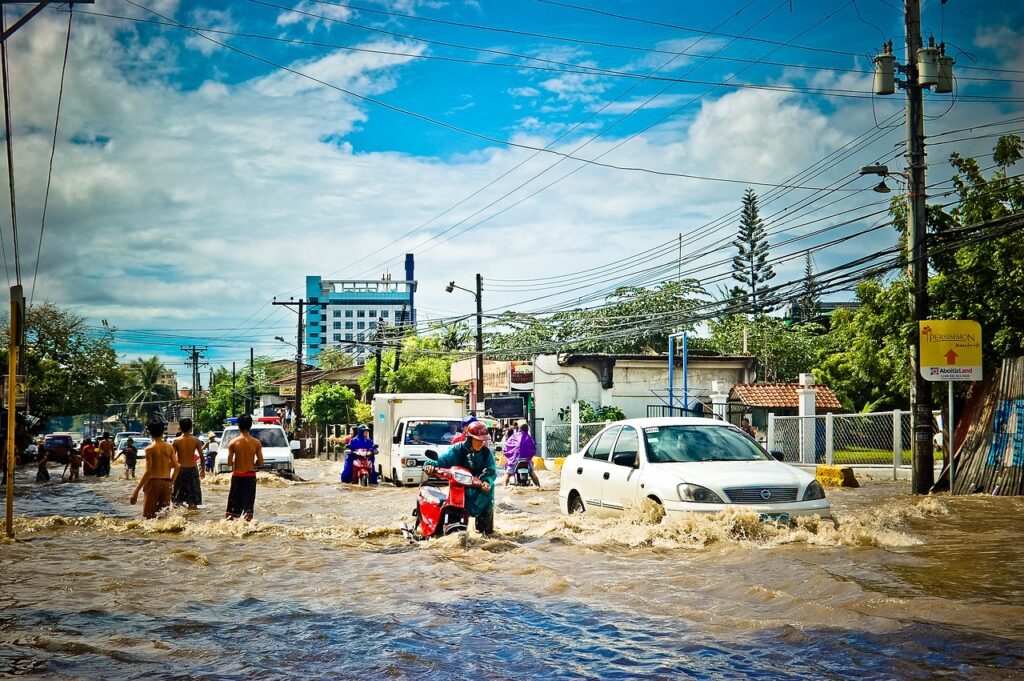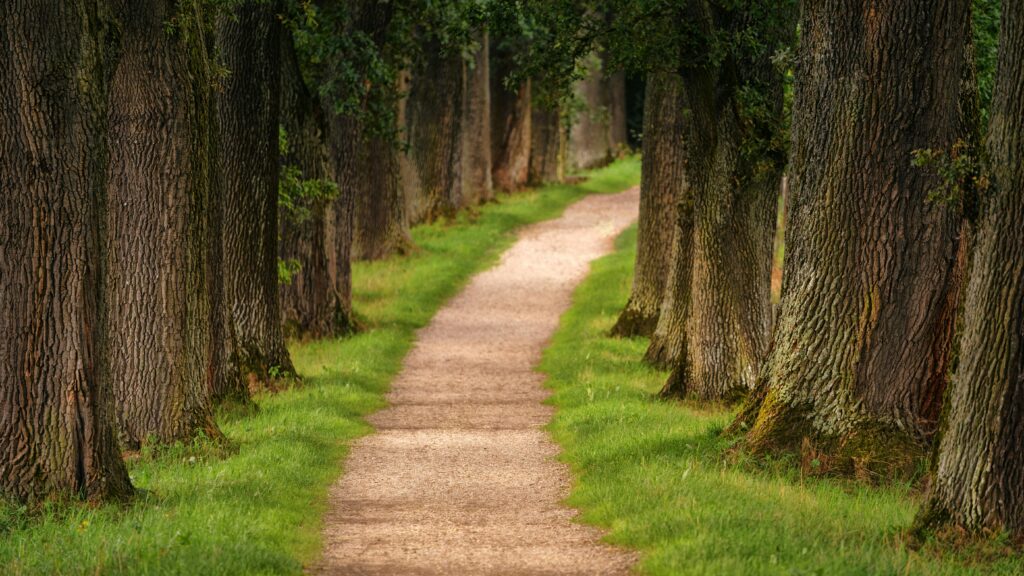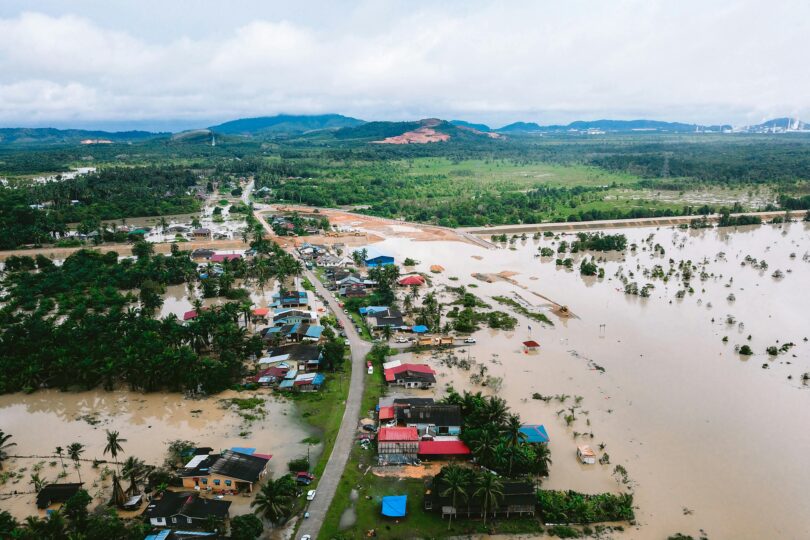In a time when natural disasters seem to be on the rise, many of us are left feeling helpless against the forces of nature. Flooding, in particular, has wreaked havoc in communities around the globe, displacing families and destroying homes. But what if I told you that the very answer to this pressing problem lies in the tall, beautiful trees standing silently around us?
Why Do Floods Happen?
To truly appreciate how trees can help us, let’s first understand what causes flooding. Floods can occur for various reasons:

1. Heavy Rainfall: We all know those days when the rain just won’t quit. When it pours heavily over a short period, the ground often can’t soak up the water fast enough, leading to overflow in rivers and streams.
2. Rapid Snowmelt: In regions that experience significant snowfall, a sudden warm spell can turn that snow into water faster than we can imagine, resulting in overflowing rivers.
3. Urbanization: With cities expanding, we’ve traded green fields for concrete jungles. This means less ground for rain to seep into and more runoff heading straight to drainage systems, which can quickly become overwhelmed.
4. Climate Change: As our planet warms, we see weather becoming more unpredictable. Heavy rains that once came sporadically are becoming the norm, contributing to floods.
Countries like Bangladesh, India, and the Philippines often bear the brunt of this chaos. In Bangladesh, for instance, the yearly monsoon season can lead to catastrophic floods, leaving countless people homeless. The Philippines, with its tropical climate, faces frequent flooding from typhoons, displacing families and affecting livelihoods.
Trees: Our Unsung Heroes
Amidst this chaos, trees emerge as our unexpected allies. These green giants not only beautify our landscapes but also play a vital role in mitigating floods. Here’s how:

1. Water Absorption: Imagine trees as nature’s sponges. A mature tree can absorb hundreds of gallons of water during a heavy rainstorm, soaking up excess water and reducing the amount that contributes to flooding.
2. Erosion Prevention: The roots of trees anchor the soil in place, preventing it from washing away during heavy rains. When we lose trees, we lose that vital protection, making areas more susceptible to flooding.
3. Promoting Infiltration: Healthy soil is porous and can absorb more water. Trees help create and maintain this healthy soil structure, allowing more rainwater to soak into the ground instead of running off into our streets.
4. Natural Buffers: Forested areas act as natural shields along rivers, slowing floodwaters and offering safe havens for wildlife. They create a buffer that helps mitigate the impacts of flooding in nearby communities.
What Can We Do?
The solution to flooding lies not just in understanding but in action. Here are some steps we can take together:
- Join Reforestation Efforts: You don’t have to be an expert to plant a tree. Many local organizations organize tree-planting events, and these gatherings can be a wonderful way to connect with nature and your community. Imagine the joy of seeing a tree grow over the years, knowing you helped plant it!
- Support Sustainable Practices: Whether it’s in your own backyard or through community initiatives, advocating for sustainable land use can protect existing forests and wetlands. Encourage practices that prioritize green spaces and minimize the concrete sprawl.
- Educate and Inspire: Share your knowledge about the importance of trees in flood prevention with friends and family. We can all become advocates for nature. Organize workshops, community talks, or even casual conversations over coffee.
A Call to Action
As we navigate the challenges of our rapidly changing world, let’s remember that nature is not just a backdrop to our lives; it’s a crucial partner in our survival. Trees and forests can be our strongest allies in the fight against flooding, helping protect our communities and our planet.








